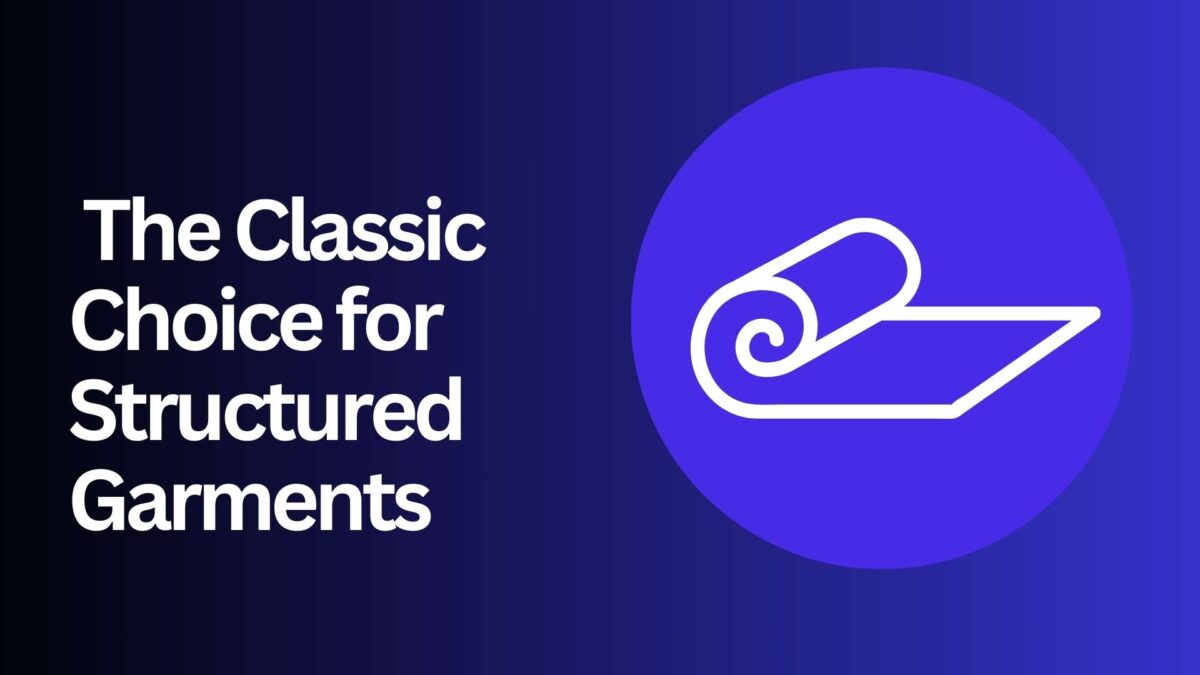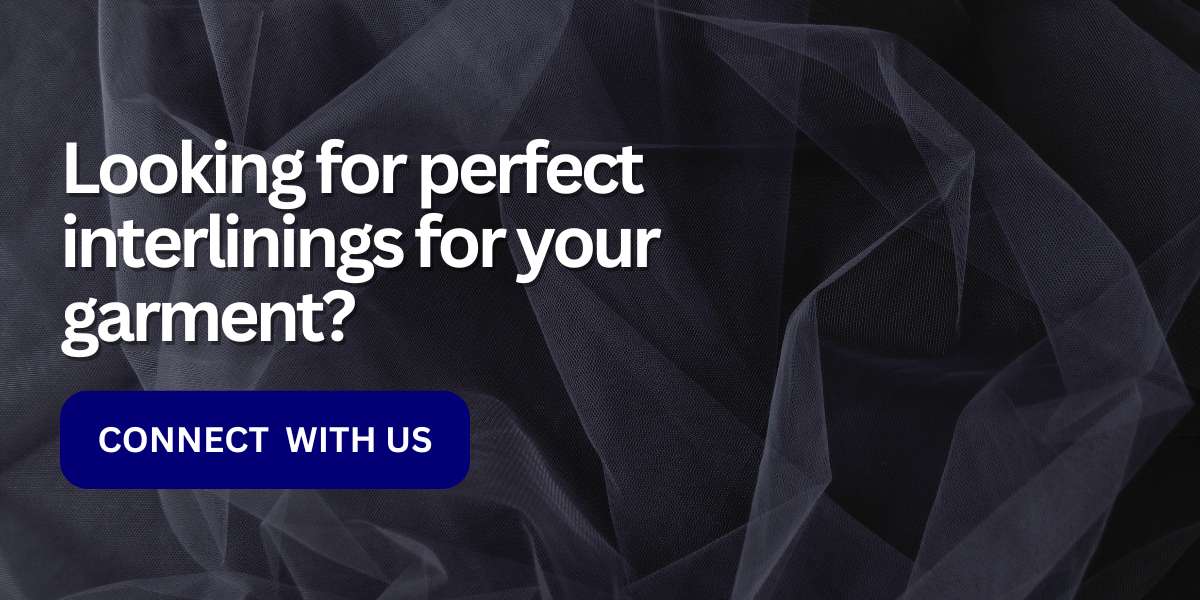Woven Interlining: The Classic Choice for Structured Garments
Woven interlining has been a cornerstone of garment construction for over a century, offering strength and support to various clothing pieces like jackets, coats, and tailored trousers. But with the emergence of newer technologies, how does woven interlining stack up today? Let’s delve into the world of woven interlining, exploring its advantages, disadvantages, and modern alternatives.
Woven Interlining: The Classic Choice for Structured Garments
- A Look Back: The Early Days of Woven Interlining
- The Rise of Fusible Interlining: A More Convenient Solution
- Woven Interlining Today: Strength and Versatility
- The Advantages of Woven Interlining
- The Disadvantages of Woven Interlining
- Alternatives to Woven Interlining: When Flexibility Matters
- Incorporating Woven Interlining into Your Sewing Projects
A Look Back: The Early Days of Woven Interlining
Imagine a world without crisp collars and structured waistbands! In the early 1900s, that’s exactly what clothing lacked. Woven interlining, primarily made from fabric, stepped in as a game-changer. Strengthened with starch, it provided much-needed support for coats, cloaks, gowns, and even hats. However, these early versions had drawbacks. The stiffness felt uncomfortable, and washing caused shrinkage and irregularities in the interlining, making garment care a challenge.
The Rise of Fusible Interlining: A More Convenient Solution
Enter fusible interlining! This innovation addressed the limitations of its predecessor. Regular fabrics received a layer of heat-activated adhesive. By applying heat and pressure with an iron, this adhesive bonded seamlessly with the garment’s outer shell, creating a supportive yet flexible base. This advancement in interlining technology offered garment makers a more convenient and user-friendly way to achieve structure and support in their creations.

Woven Interlining Today: Strength and Versatility
Woven interlining remains a popular choice for its core strength. It’s primarily made from fabric, often blended with polyester to prevent shrinkage and improve washability. Additionally, a variety of weaves are available, including plain weave, crepe, herringbone, and twill, offering options for specific applications:
- Plain weave: The most common type, offering a good balance of strength and flexibility.
- Crepe weave: Provides a slightly textured surface, ideal for adding visual interest and a touch of drape.
- Herringbone weave: Offers a diagonal texture, adding a touch of sophistication and structure.
- Twill weave: Provides a diagonal texture with a more pronounced rib than herringbone, often used for added strength and durability.
The Advantages of Woven Interlining
- Strength and Stability: Woven interlining excels when it comes to providing firm structure. It’s ideal for waistbands, collars, and cuffs, ensuring they maintain their shape throughout wear and resist sagging or bagging.
- Variety of Weaves: From classic plain weave to more textured options, woven interlining offers choices to match your desired drape and visual effect. This allows for greater design flexibility in your sewing projects.
- Durability: Woven interlining’s strength translates to long-lasting garments. Garments with woven interlining tend to resist wear and tear better, especially in areas that experience stress, like waistbands and pockets.
The Disadvantages of Woven Interlining
- Limited Flexibility: While strong, woven interlining can sometimes feel stiff and inflexible, which might not be ideal for garments requiring a soft drape or a lot of movement.
- Cost: Compared to other options like knitted interlining, woven interlining tends to be more expensive. This can be a factor when creating less formal or casual garments.
Alternatives to Woven Interlining: When Flexibility Matters
In cases where a softer touch and flexibility are paramount, knitted interlining comes into play. This type of interlining uses synthetic yarns, sometimes blended with rayon or wool, to create a voluminous and soft base for garments. It offers the necessary support while maintaining a natural drape and a comfortable feel.
Incorporating Woven Interlining into Your Sewing Projects
Woven interlining, whether in its woven fusible interlining form (including the heat-activated adhesive) or as a standalone woven interlining fabric, remains a valuable tool in a garment maker’s arsenal. Its strength and stability make it perfect for structured garments like jackets, blazers, and tailored trousers. However, understanding its limitations and exploring alternatives like knitted interlining allows you to make informed choices for each unique sewing project, ensuring your creations look and feel their absolute best.
| Feature | Advantage | Disadvantage |
|---|---|---|
| Strength & Stability | Provides firm structure for collars, waistbands, cuffs, preventing sagging. | Can feel stiff and inflexible, not ideal for soft drape or movement. |
| Variety of Weaves | Offers options like plain weave, crepe, twill for drape and visual effect, allowing design flexibility. | Limited selection compared to some modern alternatives. |
| Durability | Increases garment longevity by resisting wear and tear in pockets and waistbands. | May be more expensive than other interlining options, especially for casual garments. |
| Application | Fusible interlining offers a convenient heat-activated application process. | Traditional interlining requires sewing for attachment. |

Shweta, a textile designer with a keen eye and deep knowledge of fabrics, translates her passion into unique designs. She loves to share her expertise and ignite a love for textiles in others. Dive into the world of fabrics with Shweta!



